Discover the Best Tanzania National Parks for Your Safari Adventure
Dreaming of a Tanzanian adventure? Discover the finest national parks for your safari, from the Serengeti’s mesmerizing Great Migration to the stunning Ngorongoro Crater.
Our guide unveils the top parks, highlights their must-see attractions, and reveals the perfect times to visit. Get ready for an unforgettable journey through Tanzania’s natural wonders!
Book Your Tanzania Tour With Us: Our Contact Details
To discover the best Tanzania tour packages, feel free to contact us via phone or WhatsApp at +254-704-532-105. You can also reach us through our official email addresses: safarioffers@kenyaluxurysafari.co.uk, safarioffers@ajkenyasafaris.com, or james@ajkenyasafaris.com. Our knowledgeable senior consultants, James Gatheru and Henry Kuria, are available to help create a tailor-made safari package that aligns with your preferences.
Overview of Tanzania’s National Parks
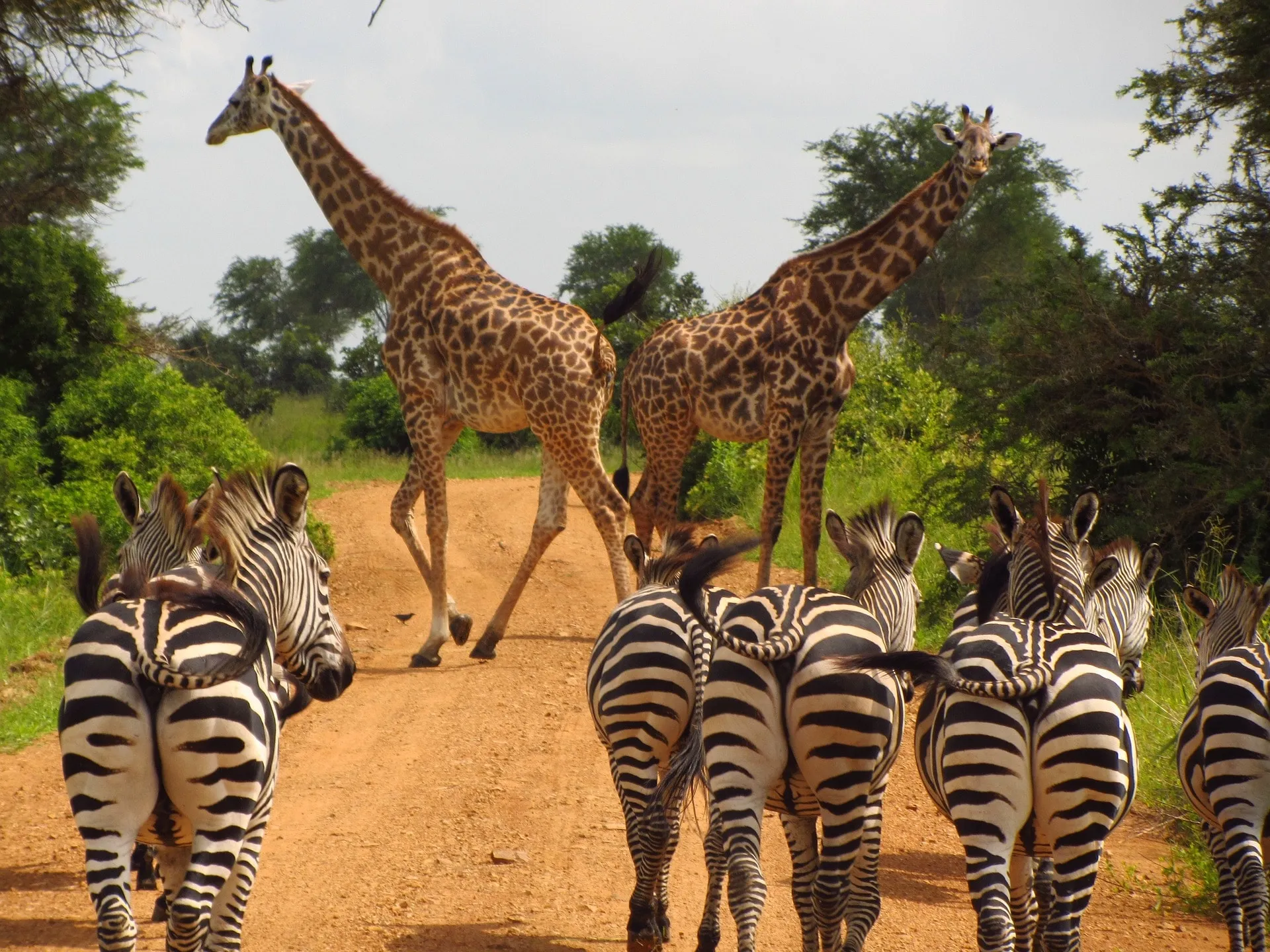
Tanzania boasts 22 national parks, each vital to wildlife conservation and providing unique visitor experiences.
Managed by the Tanzania National Parks Authority (TANAPA), these parks protect natural resources and wildlife habitats. Local community involvement and visitor education are key elements of their conservation efforts.
Covering about 99,306.5 square kilometers, the parks exhibit diverse ecosystems from grasslands to rainforests. Wildlife tourism, a major revenue source, underscores the need for sustainable practices.
Each park features unique wildlife, allowing visitors to experience Tanzania’s rich biodiversity. Sustainable tourism is essential to ensure the long-term preservation of these natural wonders.
Types of National Parks in Tanzania
Tanzania is home to a diverse range of national game reserves and parks, each offering unique experiences and attractions. The country’s national reserves and parks can be broadly categorized into four types:
- National Parks: Managed by the Tanzania National Parks Authority (TANAPA), these protected areas are the crown jewels of Tanzania’s wildlife conservation efforts. They are home to a wide range of wildlife, including the Big Five, and offer various activities such as game drives, walking safaris, and hiking. Examples include Serengeti National Park and Kilimanjaro National Park.
- Game Reserves: These areas, managed by the Tanzania Wildlife Division, are dedicated to the protection of wildlife and their habitats. Game reserves like the Selous Game Reserve (now part of Nyerere National Park) offer thrilling game drives and trekking safaris, providing visitors with an immersive wildlife experience.
- Conservation Areas: Managed by the Tanzania Conservation Areas Authority, these regions balance wildlife conservation with human activities. The Ngorongoro Conservation Area is a prime example, where Maasai pastoralists coexist with a rich array of wildlife, offering unique cultural and wildlife experiences.
- Wildlife Management Areas: These are community-managed protected areas that promote sustainable wildlife conservation and tourism. They offer activities such as game drives, walking safaris, and hiking, allowing visitors to experience Tanzania’s wildlife while supporting local communities.
Serengeti National Park: The Iconic Safari Destination

Serengeti National Park is one of the best Tanzania parks and globally renowned among safari enthusiasts. Known for the Great Wildebeest Migration, it sees over one million wildebeest and numerous zebras cross its expansive plains each year, showcasing its rich biodiversity and attracting visitors from around the world.
Home to the Big Five—lions, elephants, rhinos, leopards, and buffalo—Serengeti is ideal for wildlife viewing. Its diverse habitats, from endless grasslands to lush forests and rocky areas, add to its allure. Visiting from January to February and June to October offers the best migration experiences with fewer crowds.
Soaring over the Serengeti in a hot air balloon at sunrise offers an unforgettable experience, complemented by the park’s abundant wildlife, leaving a lasting impression on any visitor.
Ngorongoro Conservation Area: A UNESCO World Heritage Site
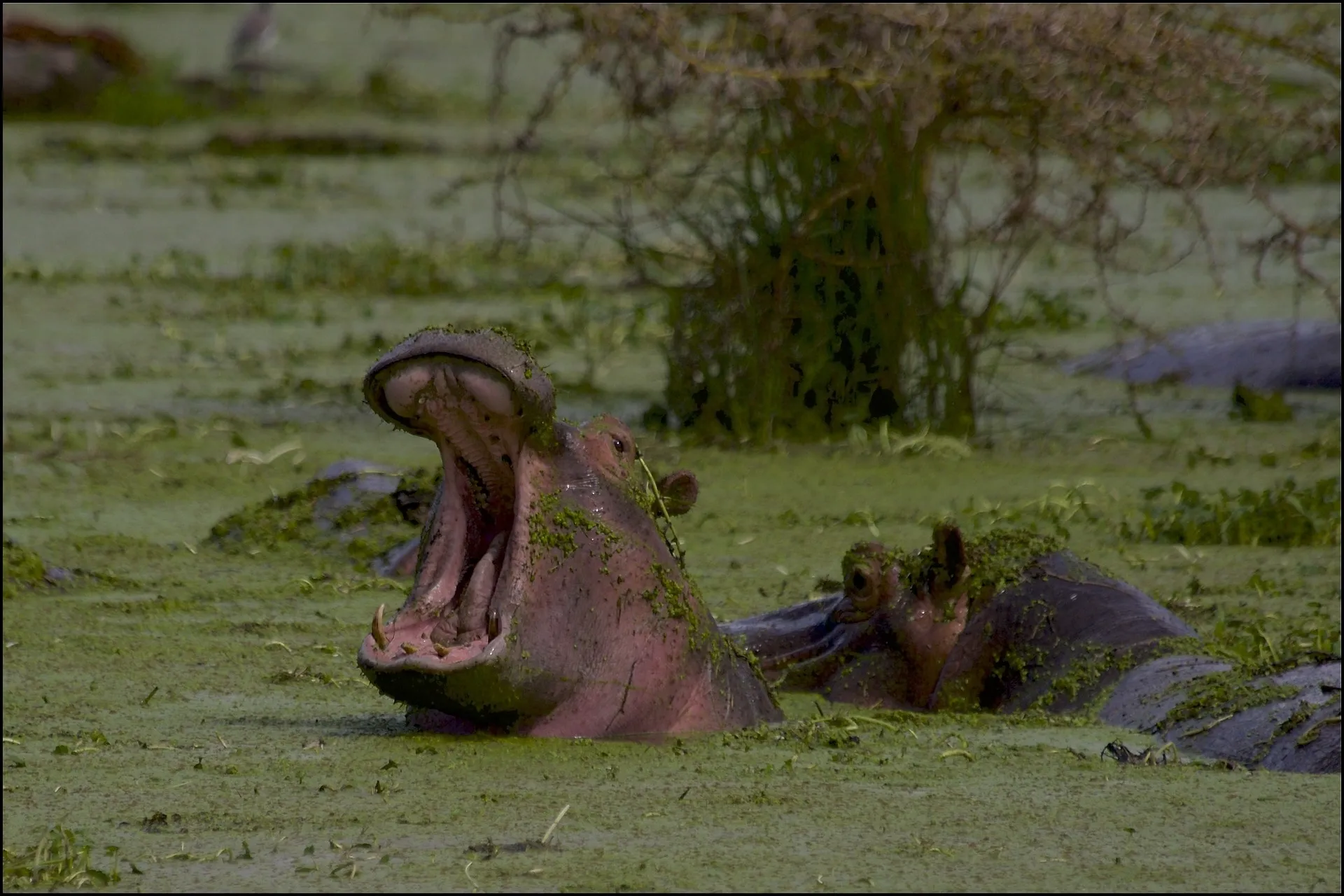
The Ngorongoro Conservation Area, a UNESCO World Heritage Site, is famous for the Ngorongoro Crater, the world’s largest unbroken caldera. This marvel supports one of Africa’s highest wildlife densities, including endangered species such as the black rhino.
Beyond its stunning landscapes, the area exemplifies harmony between humans and wildlife. Established in 1959, it allows Maasai pastoralists to coexist with rich biodiversity. The Maasai’s cultural heritage provides a unique tourism experience, offering insights into their traditional way of life.
Gazing down from the crater rim at the teeming wildlife below reveals why Ngorongoro Conservation Area is a must-visit. The diversity, from zebras and wildebeests to lions and elephants, is truly astounding.
Kilimanjaro National Park: Climb Africa’s Highest Peak

Mount Kilimanjaro, known as the Roof of Africa, is the highlight of Kilimanjaro National Park. This dormant volcano, standing at 5,895 meters, offers seven official climbing routes with varying difficulties and scenic views. Optimal climbing conditions are during the dry seasons from January to March and June to October.
The trek up Kilimanjaro traverses five distinct climate zones, from humid rainforests to icy arctic conditions at the summit. Bird enthusiasts will find a haven here with over 500 bird species, making it an ideal bird watching spot.
Lake Manyara National Park: Home of Tree-Climbing Lions

Lake Manyara National Park is renowned for its tree-climbing lions, a rare behavior fascinating to visitors. This small yet diverse park offers game drives, birdwatching, and cultural tours, showcasing its rich wildlife and landscapes.
Hosting over 400 bird species, including storks, flamingos, and eagles, this famous park is a birdwatcher’s paradise. Visiting from June to October during the dry season offers excellent opportunities for wildlife viewing.
Tarangire National Park: Elephants and Baobabs
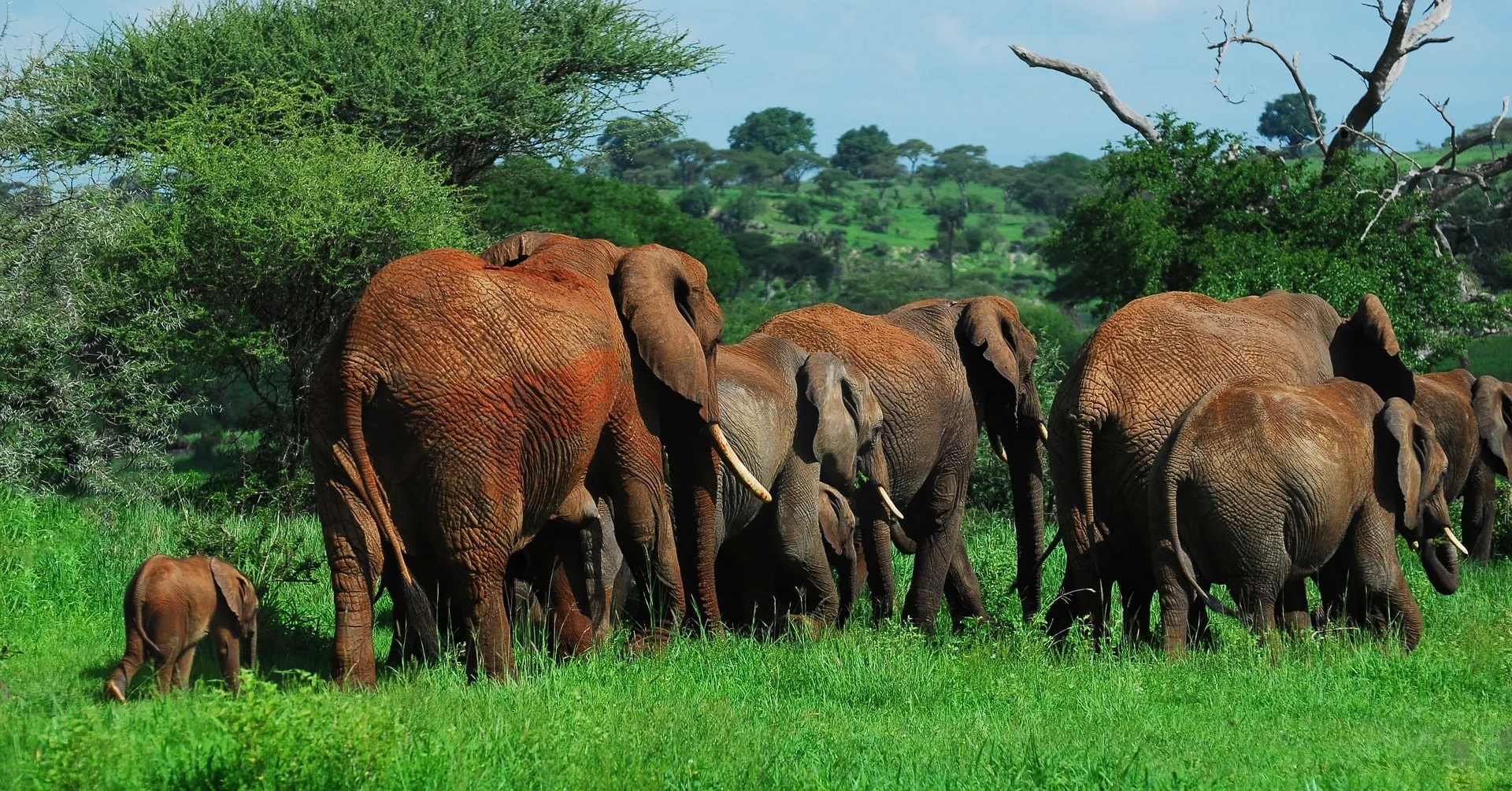
Tarangire National Park is famous for its large elephant herds and iconic baobab trees. In the dry season, the Tarangire River becomes a crucial water source, attracting up to 250,000 animals. The park’s unique landscape transforms dramatically, enhancing wildlife sightings.
Visiting Tarangire from June to October during the dry season ensures animals congregate around water sources, offering spectacular wildlife viewing opportunities.
Ruaha National Park: Tanzania’s Largest National Park

Spanning 20,000 square kilometers, Ruaha National Park is Tanzania’s largest national park, home to around 80 animal species, including a significant elephant population. The park’s landscapes shift dramatically between the dry and wet seasons, offering unique wildlife viewing experiences.
For optimal wildlife viewing, visit Ruaha from June to October, especially at the end of the dry season when wildlife concentration peaks.
Nyerere National Park: Exploring the Selous Game Reserve

Nyerere National Park, previously Selous Game Reserve, covers around 50,000 square kilometers, making it Tanzania’s largest protected area. Home to the Big Five, the park offers diverse activities, including game drives and boat rides.
Walking safaris with armed rangers offer an authentic and safe way to explore the park’s vast wilderness. Its isolation and diverse landscapes ensure a truly unique safari experience whether you are visiting southern parks for trekking safaris, birds watching at western Tanzania, or northern parks for wildebeest migration.
Gombe Stream National Park: Jane Goodall’s Chimpanzee Haven
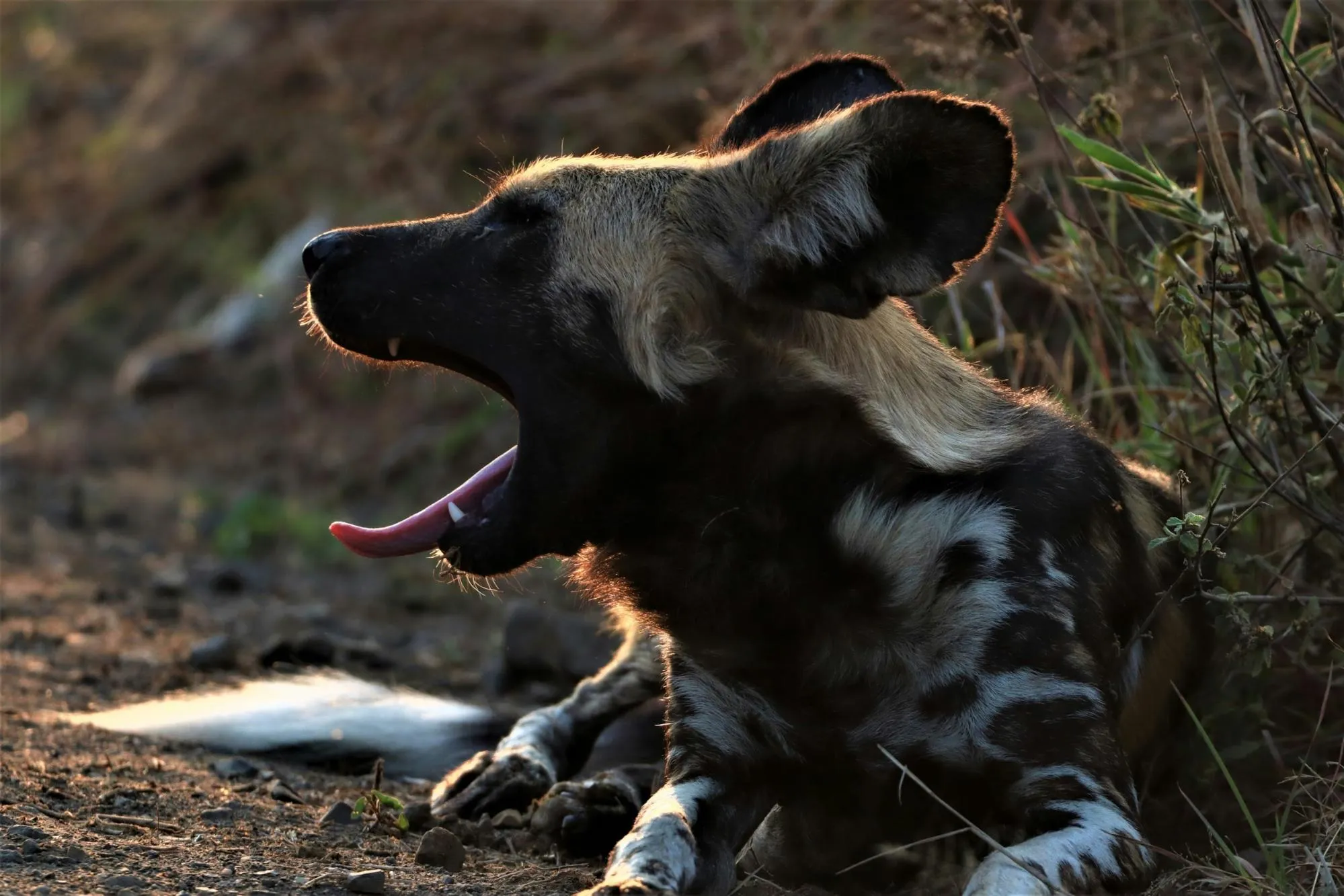
Gombe Stream National Park, Tanzania’s smallest, holds a special place in primatology, made famous by Dr. Jane Goodall’s groundbreaking research. The park is home to a significant population of wild chimpanzees.
Visitors can partake in chimpanzee trekking, observing these fascinating primates in their natural habitat. The optimal time for trekking is from June to October, when chimps are more easily located.
Mikumi National Park: Accessible Wildlife Viewing
Mikumi National Park is conveniently accessible via a tarmac road, ideal for self-drive enthusiasts. Despite its ease of access, the park remains a hidden gem, free from mass tourism crowds.
Visiting Mikumi from June to October offers a peaceful and rewarding safari experience, with diverse wildlife and fewer tourists.
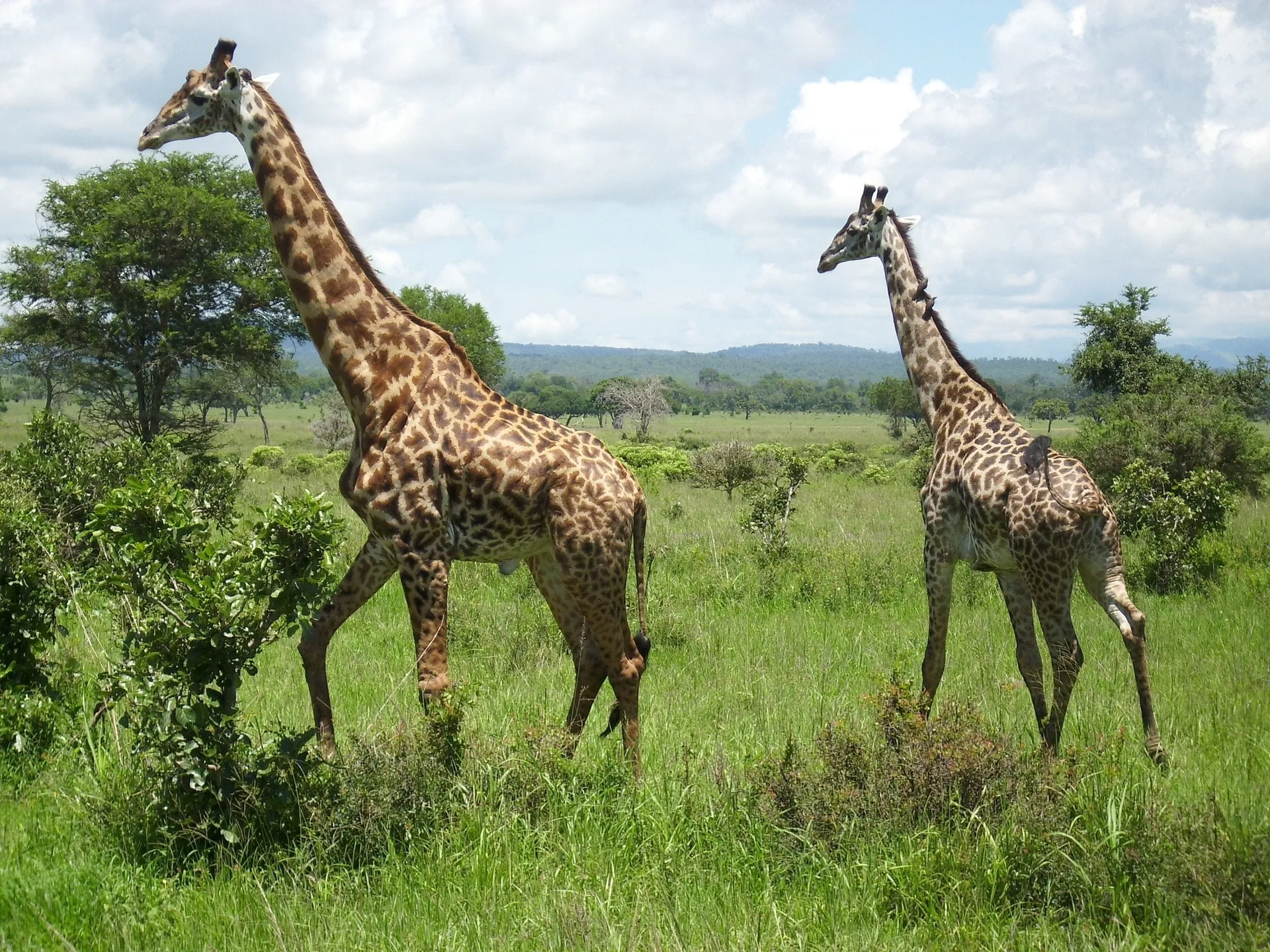
Arusha National Park: Gateway to Northern Tanzania
Arusha National Park serves as a gateway to the northern safari circuit, featuring diverse ecosystems from grasslands to highland forests. Dominated by Mount Meru, Africa’s fifth tallest mountain at 4,566 meters, the park offers a variety of experiences. If you want to explore these wonders, be sure to visit Arusha National Park.
With over 400 bird species recorded, visitors can indulge in birdwatching, while the Sanje Waterfall, a popular hiking destination, further enhances the park’s appeal.

Mahale Mountains National Park: Primate Paradise
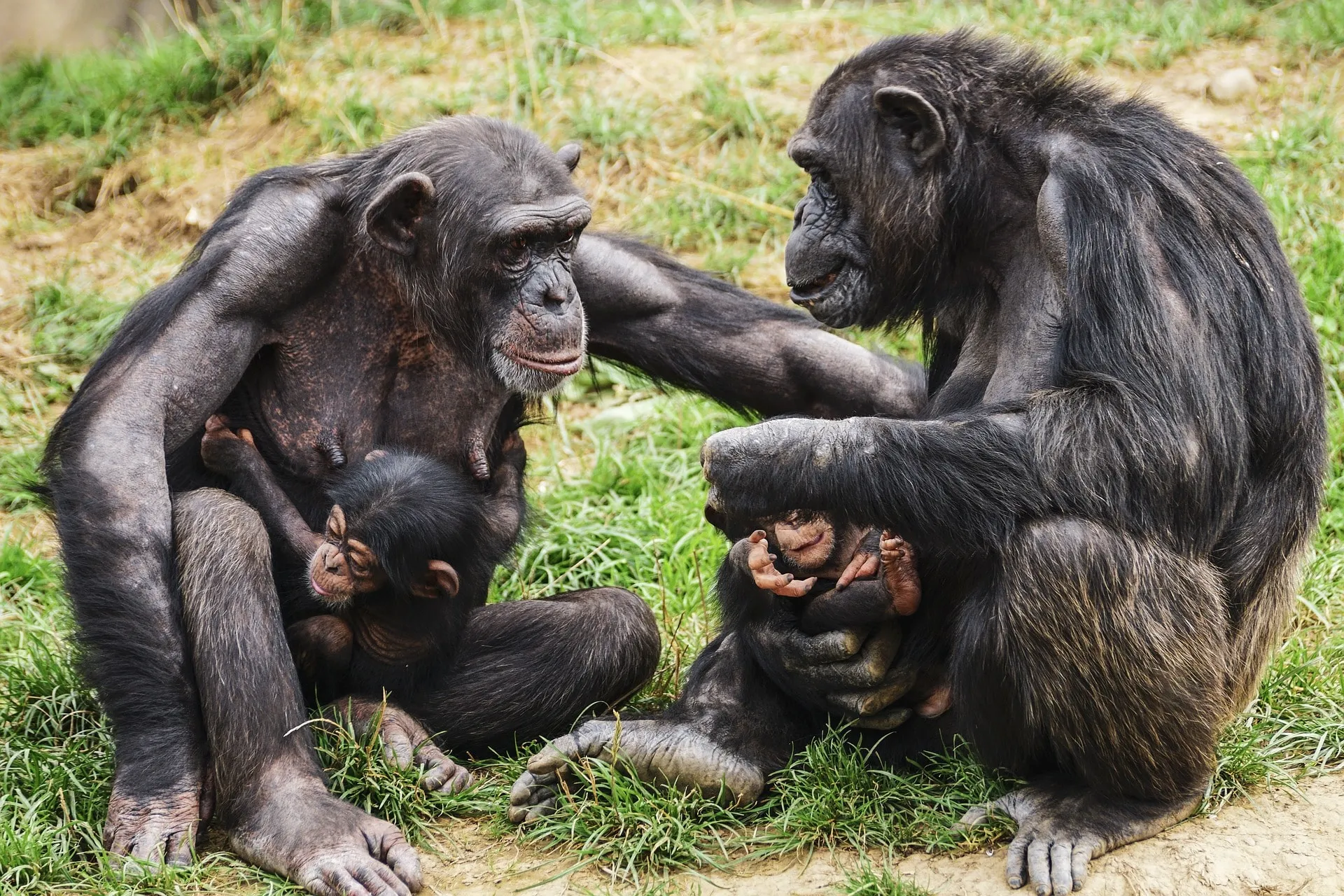
Mahale Mountains National Park is a remote haven for primate lovers, home to over 800 wild chimpanzees. With no roads and limited infrastructure, the park is accessible only by foot and boat, offering a truly off-the-beaten-path experience.
Daily expert-led trekking excursions offer visitors the chance to observe chimpanzees and other wildlife in their natural environment.
Katavi National Park: Wilderness and Solitude
Katavi National Park, one of Tanzania’s most secluded parks, offers an unspoiled wilderness experience with only a few hundred annual visitors. Home to large herds of buffalo and hippos, lions often outnumber human visitors here.
Katavi’s isolation makes it perfect for adventure-seeking safari-goers in search of authenticity and solitude.
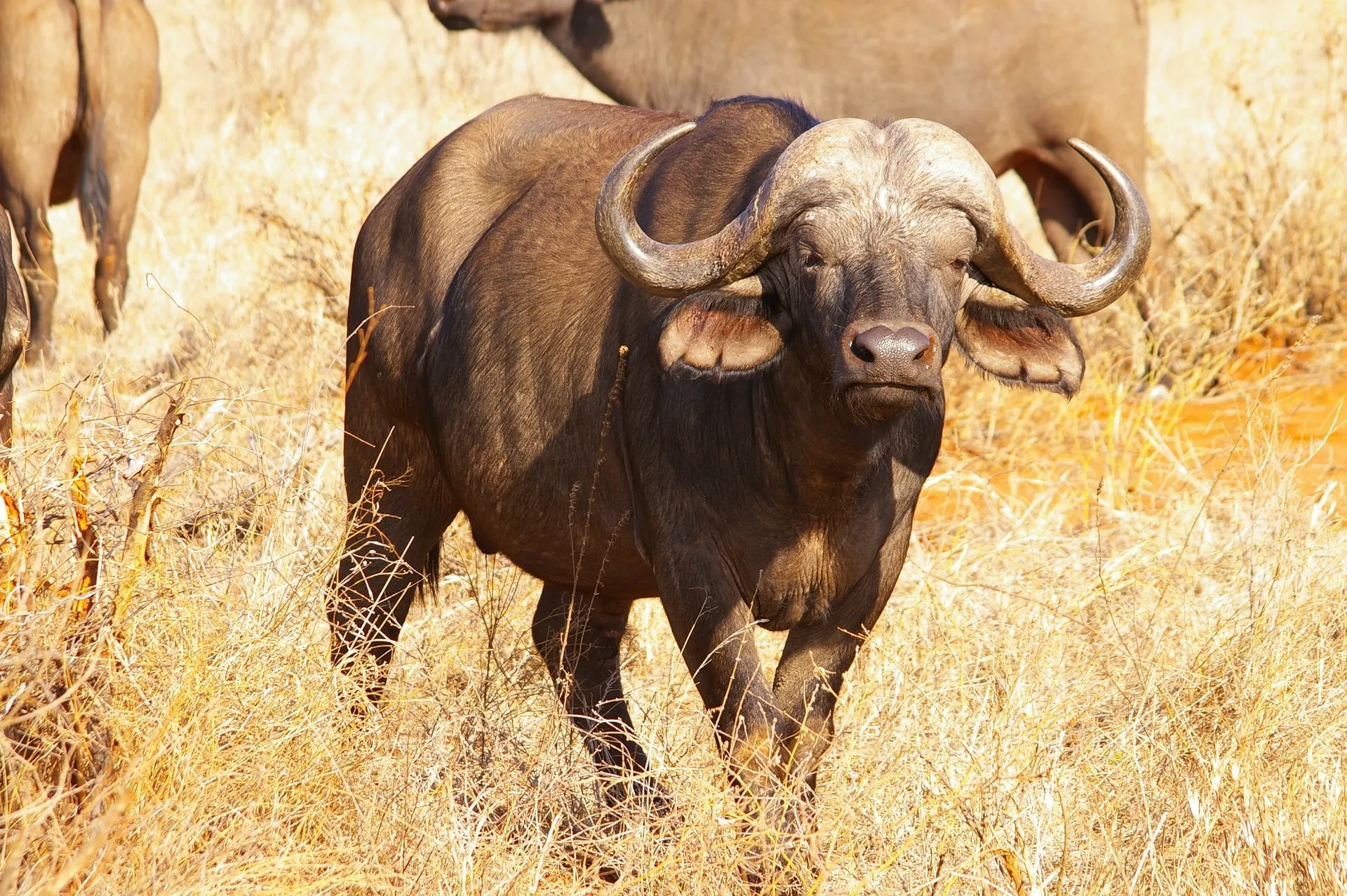
Udzungwa Mountains National Park: Biodiversity Hotspot
Udzungwa Mountains National Park is a biodiversity hotspot, ranked second in Africa for its diversity of plant and animal life. It is home to unique species like the Iringa red colobus and the Sanje crested mangabey.
Hiking offers the best way to explore the park, leading visitors to beautiful waterfalls and diverse ecosystems, from rainforests to grasslands.
Rubondo Island National Park: An Island Escape

Rubondo Island National Park, located on Lake Victoria, offers a unique island escape with its mix of evergreen and semi-deciduous forests. It is a birdwatcher’s paradise, hosting around 300 species of endemic and migratory birds.
Fishing enthusiasts can indulge in trolling and fly-fishing, with opportunities to catch Nile perch in the park’s waters.
National Parks for Specific Interests
Tanzania’s national game reserves and parks offer a wide range of activities and attractions, catering to different interests and preferences. Here are some of the top destinations for specific interests:
Game Viewing

For those passionate about game drives and night safaris, Tanzania’s national reserves and parks provide some of the best wildlife experiences in Africa.
- Serengeti National Park: Renowned for the annual Great Migration, Serengeti National Park is one of the best places in Africa to see the Big Five. Witnessing over a million wildebeest and zebras traverse the plains is a sight to behold.
- Ngorongoro Conservation Area: This UNESCO Heritage Site boasts the densest concentration of wildlife in Africa. The Ngorongoro Crater is a haven for the Big Five and offers unparalleled game drive opportunities.
- Tarangire National Park: Known for its large elephant herds and iconic baobab trees, Tarangire National Park is a fantastic destination for wildlife viewing, especially during the dry season when animals gather around the Tarangire River.
- Ruaha National Park: As Tanzania’s largest national park, Ruaha offers diverse landscapes and abundant wildlife, including significant populations of elephants, lions, and other game species. The park’s remote location ensures a more exclusive safari experience.
Birdwatching
Birdwatchers will find Tanzania’s national parks to be a paradise, with a rich diversity of bird species.
- Lake Manyara National Park: Famous for its diverse birdlife, Lake Manyara National Park is home to over 400 bird species, including flamingos, storks, and eagles. The park’s varied habitats make it a prime bird watching destination.
- Arusha National Park: With over 400 recorded bird species, this park is a birdwatcher’s dream. The park’s diverse ecosystems, from montane forests to open savannahs, provide habitats for a wide range of bird species.
- Udzungwa Mountains National Park: This park is a biodiversity hotspot, home to unique bird species like the endangered Udzungwa forest partridge. The lush forests and varied terrain offer excellent bird watching opportunities.
- Lake Victoria: With over 1,000 bird species, Lake Victoria is a must-visit for bird enthusiasts. The lake’s shores and islands host a mix of endemic and migratory birds, making it a vibrant bird watching location.
Hiking and Trekking
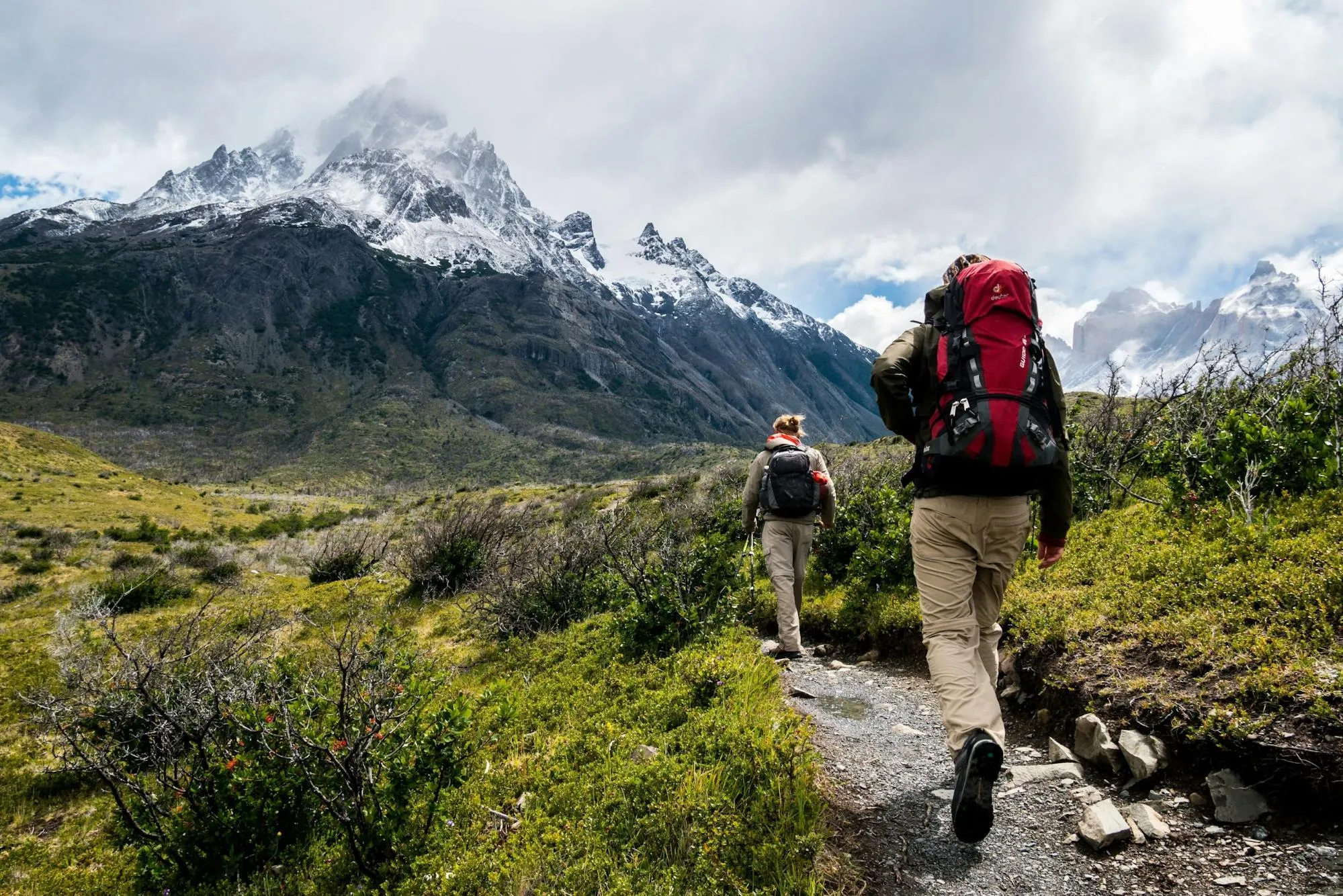
For those who love hiking and trekking, Tanzania’s national parks offer some of the most scenic and challenging trails in Africa.
- Mount Kilimanjaro National Park: Home to Africa’s highest mountain, Mt Kilimanjaro National Park offers a range of hiking, trekking, and mountain climbing opportunities. Climbers can choose from seven official routes, each providing unique challenges and breathtaking views.
- Udzungwa Mountains National Park: Known for its lush forests and rugged terrain, Udzungwa Mountains National Park is a hiker’s paradise. Trails lead to stunning waterfalls and through diverse ecosystems, offering a rewarding trekking experience.
- Arusha National Park: With its varied landscapes, Arusha National Park offers numerous hiking and trekking opportunities. Trails range from easy walks to challenging climbs, including the ascent of Mt. Meru, Africa’s fifth tallest mountain.
- Ngorongoro Conservation Area: The rugged terrain and diverse landscapes of the Ngorongoro Conservation make it an excellent destination for hiking and trekking. Trails offer stunning views of the crater and the chance to explore the area’s rich biodiversity.
By exploring these national parks, visitors can tailor their safari adventures to their specific interests, whether it’s game drives, birdwatching, or hiking and trekking. Tanzania’s national parks truly offer something for everyone.
Best Time to Visit Tanzania’s National Parks
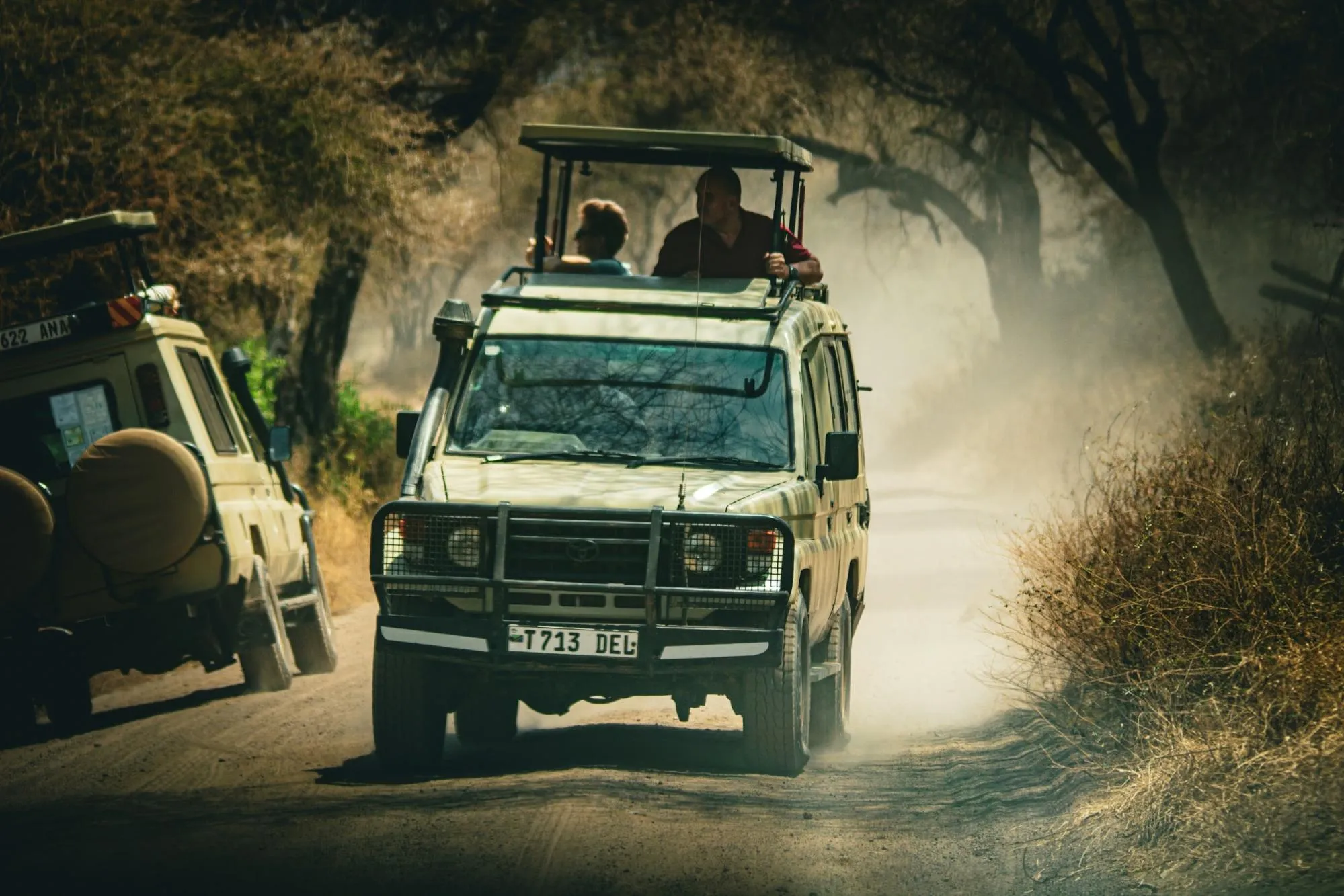
The optimal time to visit Tanzania’s national reserves depends on the experience you seek. The dry season from June to October is the peak season for wildlife viewing, as animals gather around water sources. Parks like Tarangire and Gombe Stream provide excellent game viewing and chimpanzee tracking opportunities during this period.
For birdwatchers, the wet season from November to May is ideal, as migratory birds join the resident species, enriching the birdwatching experience.
Summary
Tanzania’s national parks promise unparalleled safari experiences, whether you’re witnessing the awe-inspiring Great Wildebeest Migration in the Serengeti or conquering the iconic Mt. Kilimanjaro. Each park offers its own special allure, ensuring every moment of your journey is filled with wonder.
As you plan your adventure, keep in mind that timing is key—but no matter when you visit, Tanzania’s breathtaking wildlife and landscapes will always captivate. Let us help you craft the perfect safari that will leave you with unforgettable memories!
Frequently Asked Questions
How many national parks are there for Tanzania safaris?
Awesome news! Tanzania boasts 22 incredible national game parks, each filled with unique wildlife experiences just waiting to be explored! This includes even lesser known parks like Mkomazi national park and Katavi national park, among other national parks.
What is the best time to visit a National Park in Tanzania for a safari?
The best time for a Tanzania safari is during the dry season, from June to October! That’s when wildlife viewing is at its absolute peak! This is also the best time to conduct a beach safari in Tanzania’s Zanzibar along the Indian ocean.
Can I climb Mount Kilimanjaro year-round?
You can climb Mount Kilimanjaro year-round, but for the best experience, aim for the dry seasons from January to March or June to October! Happy climbing!
Are there any unique animals to see in Tanzania’s national parks?
Absolutely! In Tanzania’s national reserve, you can witness the amazing tree-climbing lions in Lake Manyara and the playful wild chimpanzees in Gombe Stream and Mahale Mountains. It’s an extraordinary wildlife adventure waiting for you!
What activities can I do in Tanzania’s national parks?
You’ll absolutely love the variety of activities in Swahili nation’s parks! Enjoy thrilling game drives, serene hot air balloon safaris, adventurous trekking Tanzania safari tours, vibrant birdwatching, and immersive cultural tours!

